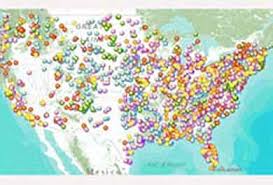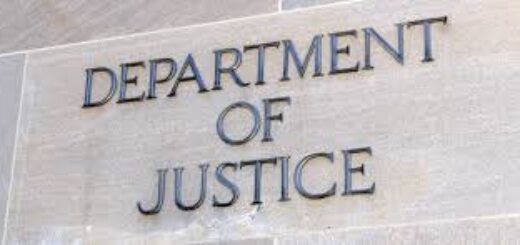EPA’s 2012 Enforcement Results – What Do They Mean?
I am happy to welcome back Tom Echikson, a partner in LeClairRyan’s Environmental Practice. Tom’s bio is Here.
Shortly before the end of the year, EPA released its annual review of its civil and criminal enforcement results for the Fiscal Year 2012. See Here.
Touting massive reductions in pollutant emissions and discharges as well as continued growth in civil and criminal penalties, EPA proclaimed that its “vigorous” and “innovative” enforcement efforts were a success. EPA promised that it had set the groundwork for similar results in the future, although it would continue to pursue “larger more complex, risked-based enforcement cases.”
Whatever EPA’s spin, a careful evaluation of the numbers provides some useful insights into EPA’s past and future enforcement efforts. 
Some of the key takeaways:
- Although EPA’s total civil penalty recoveries grew by more than $50 million to over $200 million between 2010 and 2012 and were the highest in five years, these figures are skewed by one large case in 2012 in which EPA recovered $57 million. On the other hand, the value of injunctive relief (typically the cost of installing pollution control equipment) fell by 50% compared to 2011, although the 2011 figure was unusually high, again because of very significant costs incurred by one defendant in a single case. Given the variability in civil penalty recoveries and injunctive costs over time, it is difficult to use these data to discern any firm trends in EPA’s enforcement. The best that can be said is that EPA’s enforcement results have been reasonably consistent over the last five years, and the Agency has obtained significant civil penalties and injunctive costs from those companies caught in its crosshairs.
- Civil penalties recovered and injunctive costs incurred only tell part of the story, as it typically takes several years from initiation of a case to its conclusion. The five year trend between 2008 and 2012 in case initiations and conclusions, on the other hand, reveals a steady decline in the number of civil cases that EPA is pursuing. During that period, there was a precipitous fall in both the civil cases initiated (from 3,750 in 2008 to approximately 3,000 in 2012) and concluded (from about 3,600 in 2008 to approximately 3,000 in 2012). Civil judicial enforcement cases concluded, which typically comprise the most “serious” violations, fell by about 25% compared to previous years. Collectively, these data suggest that EPA’s enforcement pipeline is thinning. Given the consistency in civil penalties and injunctive relief over the same period, the 2012 data confirm EPA’s claim that it is focusing on “bigger” cases with the potential for more significant civil penalties and greater injunctive relief. This trend is substantiated by a steady rise in the pounds of pollutants reduced or eliminated through civil enforcement since 2008.
- In contrast to civil enforcement, criminal enforcement has remained fairly steady for the last several years and promises to remain so. The number of investigations initiated, the number of defendants charged and the total years sentenced have all been flat or slightly up since 2008. Criminal fines over the last three years have been flat, but lower than in 2008 and 2009. As with civil penalties, evaluating trends based on criminal fines is difficult because one big case can significantly skew results for a particular year.
So what can these trends tell us about the future of EPA’s enforcement program? First, with its budget either flat or declining, EPA is going to be hard-pressed to increase the resources it devotes to enforcement and, in fact, may face even greater resource constraints and a reduction in enforcement personnel. This will reinforce EPA’s focus on fewer larger and more significant cases so that the penalty and injunctive figures don’t fall off, thus allowing the Agency to show Congress, industry and the environmental community that it is not slacking in its enforcement efforts.
Moreover, the increased budget pressures will push EPA to do more with less and rely to a greater extent on newer and more sophisticated quantitative and statistical analyses and methods and remote sensing techniques to identify violations and focus its enforcement appropriately. Over the last several years, EPA has invested significantly in automated data mining techniques to wade through the mountain of data in its possession and that it collects. This effort will begin to pay greater dividends over the next few years.
While it is standard practice to assert that past results don’t guarantee future success, one can say with certainty that EPA’s 2012 enforcement results demonstrate that the Agency’s enforcement program remains strong and active and will continue to do so for the foreseeable future.

















